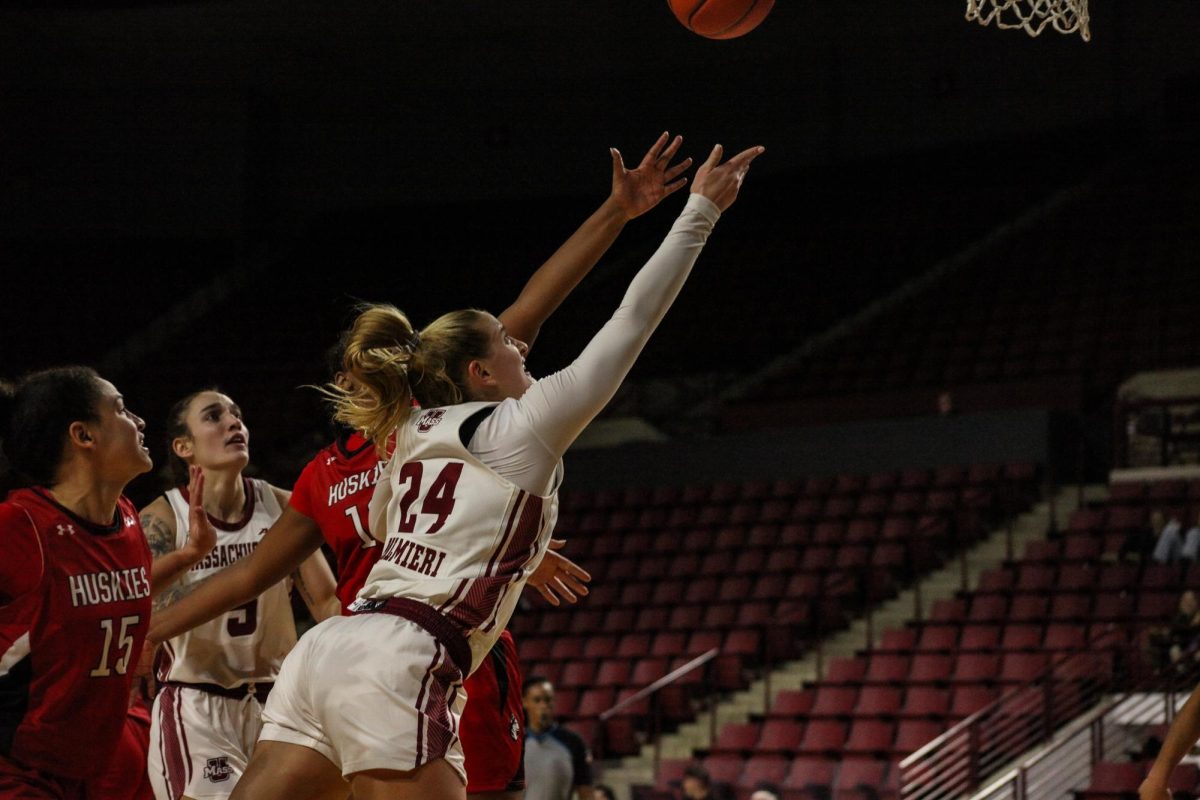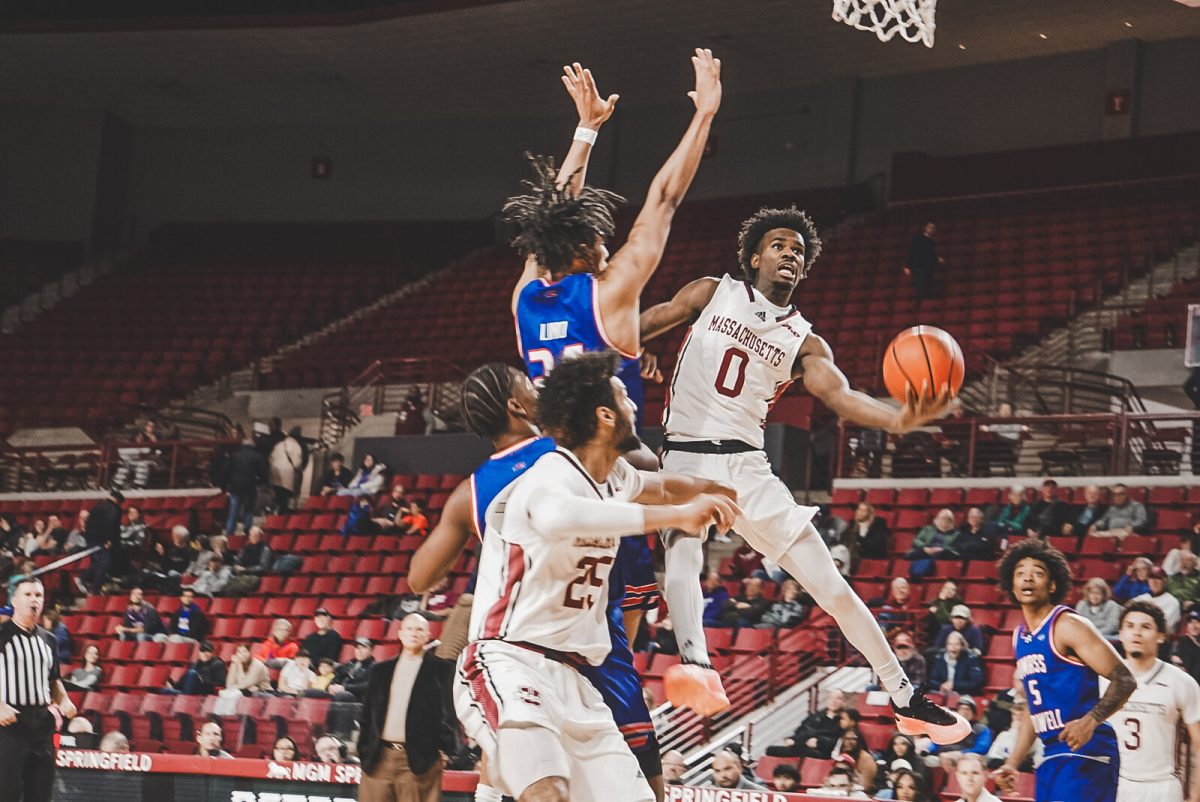It sometimes feels like being a creative in college means you need to sell your soul. The constant stream of school combined with jobs and extracurriculars leave me coming home each day with no strength left to write for myself. I feel like I have passed beyond an area of burnout, passed writer’s block to a deep unhappiness with anything I manage to make. Maybe I need to start losing more sleep than I already have, or maybe — more plausibly — the way education is oriented for humanities, and even other colleges, is deeply flawed.
There are opportunities in my academics to focus on my personal work, but they often run at an unsustainable pace. These classes usually expect weekly pieces on top of consuming and responding to outside sources provided by my professors and bigger projects sprinkled through the semester. The result is a rat race to complete as much as humanly possible without any genuine care or interest. In a lot of my creative writing classes, I’ve found myself producing pieces and projects I didn’t really care about because I was just looking to fulfill a prompt and a deadline rather than make work I was proud of and that stretched my creativity. Sometimes, when I was entirely too busy, I pulled personal work I had written in the summer and just submitted it as an assignment rather than trying to make something new. I’m not proud of this kind of work, but when quantity is priority, it’s easy to create work without quality.
Humanities and fine arts classes often run into this problem as our fields are based on creation, from physical and performance art to creative and technical writing. However, creative work isn’t limited to these areas. Oftentimes, I observe my friends in more STEM related fields also have opportunities to be creative, but these projects become limited too. Due to time constraints, engineering students will often find themselves unable to add the feature they originally wanted for the model cars they constructed. In computer science, even coding what was supposed to be a fun game becomes limited to bare necessities due to time restraints. This goes beyond STEM and humanities to other colleges too, where activities originally catered to individual students’ passions and personal creativity are stunted due to a need to move onto the next thing and only so much time to complete it.
There is almost a laughable amount of irony that the structure of many college classes often goes against the science behind creativity. Studies find that having more breaks — though they should be structured — allow individuals to discover a new approach to a solution or new ideas to play with. Yet, curriculums are designed for students to keep pumping out new material, forgetful of other classes students also need to do work for — not to mention jobs or outside activities students participate in. This results in no free time, which means no time for creative thought.
However, college is a symptom of a larger problem: the structure of the workplace and business. Since we live in a capitalist economy, quantity is favored over quality. College forces students to produce at a relentless pace because that is the current favored business model across the country and most of the world. To stay relevant and keep sales up, there needs to be a constant output of goods and services, and now, there is an equal need to feed social media algorithms to promote this onslaught of work and be recognized by consumers.
It’s natural to wonder how anyone finds time to be creative. If college is reflective of the business world, both of which are fast paced, then it begs the question of who is afforded creativity. The answer, of course, is the rich. The people who can afford to take a gap year or travel are the same people who are often able to put out extra creative material or expand creatively on their current accomplishments. Emma Watson’s gap year following her role as Hermione in the “Harry Potter” series led to various projects from a feminist book club to the investment into petrochemical product replacements. Facing competitions and buyouts, Mark Zuckerburg took a trip to India before returning with new ideas to grow Facebook’s platform. The list goes on. And while some of these people attribute these accomplishments to their gap year, most already had a platform and money before taking a break. They were able to buy their way to more creativity and accomplishments.
College and the world beyond are beginning to forget the value of creativity, and continue to create environments that are not conducive to creativity — unless you can pay for it. To thrive, education and business need to allow individuals more room to create.
Hailey Furilla can be reached at [email protected].




















